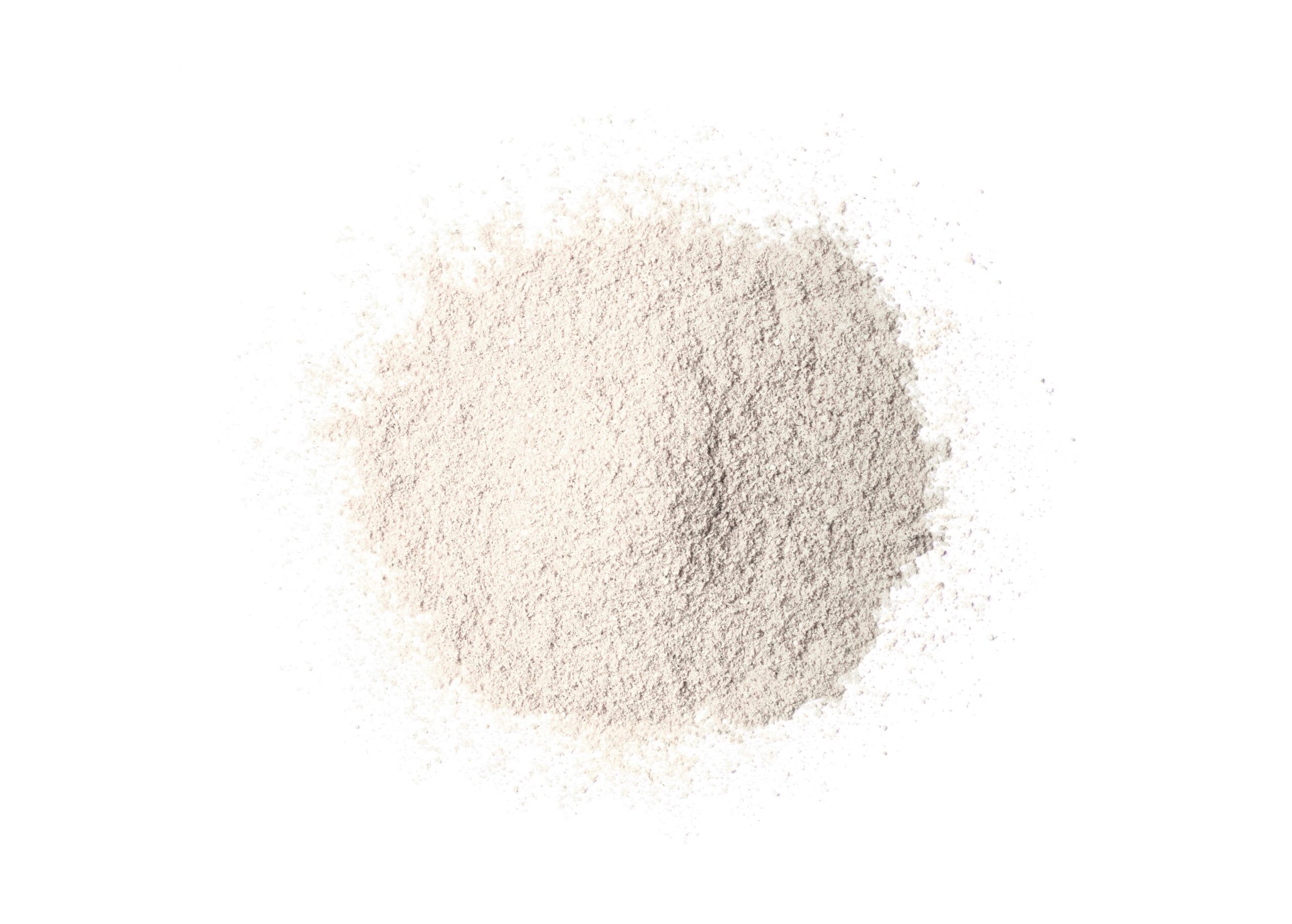
The potassium binder patiromer has a favorable safety profile when compared with sodium polystyrene (SPS). Yoshitsugu Obi, MD, PhD, and colleagues conducted a study to examine the prevalence and characteristics of chronic patiromer users among a cohort of US veterans with hyperkalemia. Secondary objectives included an examination of the temporal association between patiromer use and use of SPS.
Results of the study were reported during a poster session at NKF SCM22. The poster was titled Characteristics of Patiromer Users among US Veterans with Chronic Kidney Disease and Hyperkalemia.
The cohort included 854,217 US veterans receiving care from the Veterans Administration Healthcare system. Inclusion criteria were at least one hyperkalemia event (defined as potassium >5.0 mEq/L) between January 1, 2016, and September 30, 2019. Initiation of chronic patiromer use was defined as the date of a prescription for patiromer where at least one refill was dispensed and the cumulative supply of outpatient patiromer exceeded 30 days. Characteristics of the patiromer cohort were summarized, including the use of SPS preceding chronic patiromer use.
At the first hyperkalemia event, mean levels of serum potassium and eGFR were 5.5 mEq/L and 37 mL/min/1.73 m2, respectively. During follow-up, a total of 2004 (0.25%) of the cohort received any dose of patiromer.
At the time of the index use of patiromer, mean age was 71 years, 98% were male, 66% were White, and 31% were African American. Among those in the patiromer group, 33% (n=666) subsequently satisfied criteria for chronic patiromer use. Compared with those who did not meet those criteria, those who were chronic patiromer users on average had lower Charlson Comorbidity Index at cohort entry (4.4 vs 4.9; P<.001) and were more often White (71% vs 63%; P=.003). The two groups were of comparable age at the time of first patiromer use (71.1 years vs 71.5 years; P=.46).
A total of 359 (54%) patients had used SPS prior to patiromer initiation. Only 36 (5%) used SPS following chronic patiromer initiation.
In conclusion, the researchers said, “Patiromer was rarely used for treating hyperkalemia at least during this study period but appears to be replacing SPS use. Chronic patiromer users had less severe comorbidities. Further studies are needed to evaluate the effect of patiromer on clinical hard outcomes.
Source: Obi Y, Thomas F, Dashputre A, Potukuchi P, Goedecke P, Kovesdy C. Characteristics of patiromer users among US veterans with chronic kidney disease and hyperkalemia. Abstract of a poster (Poster #298) presented at the National Kidney Foundation 2022 Spring Clinical Meetings, Boston, Massachusetts, April 6-10, 2022.







 © 2025 Mashup Media, LLC, a Formedics Property. All Rights Reserved.
© 2025 Mashup Media, LLC, a Formedics Property. All Rights Reserved.